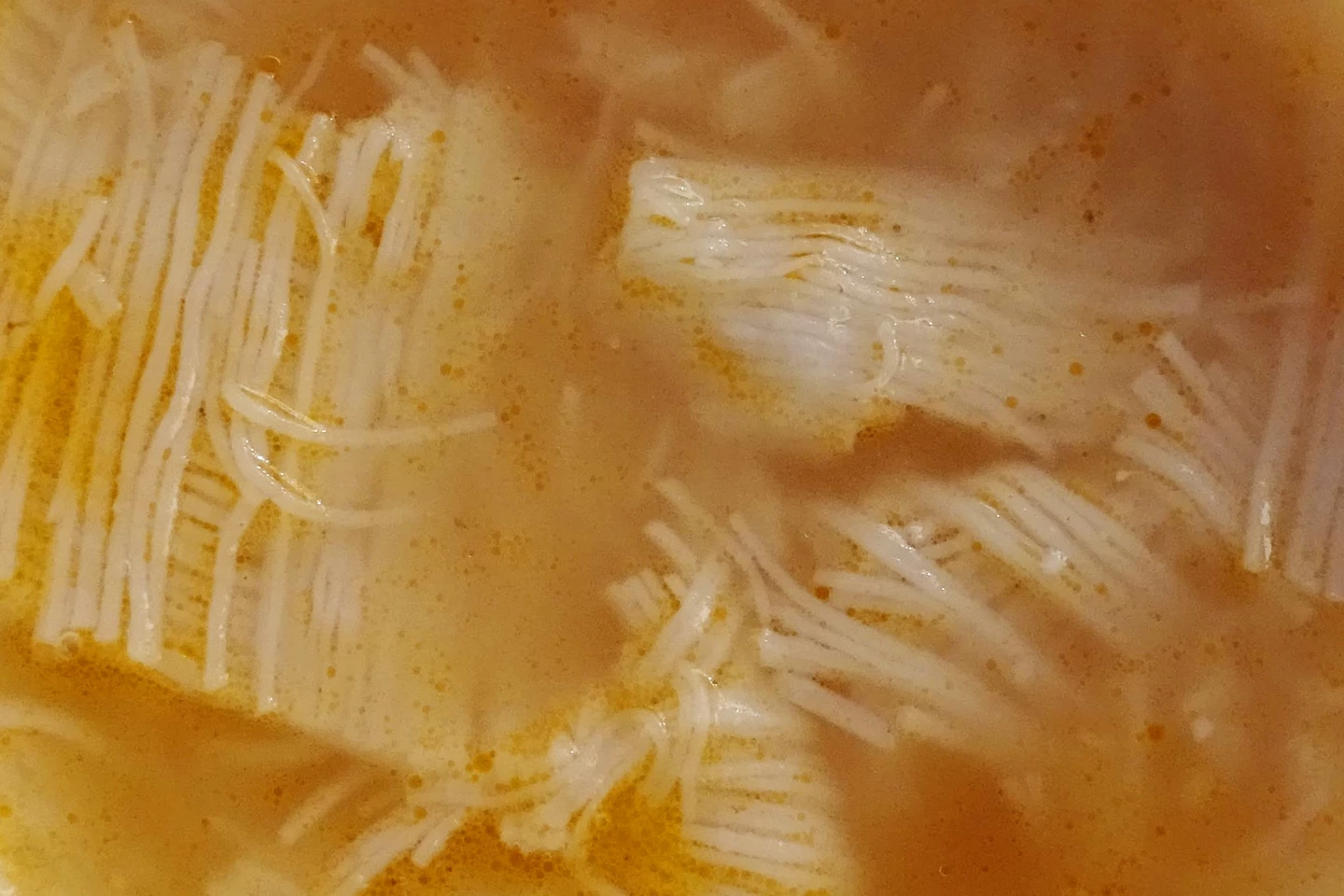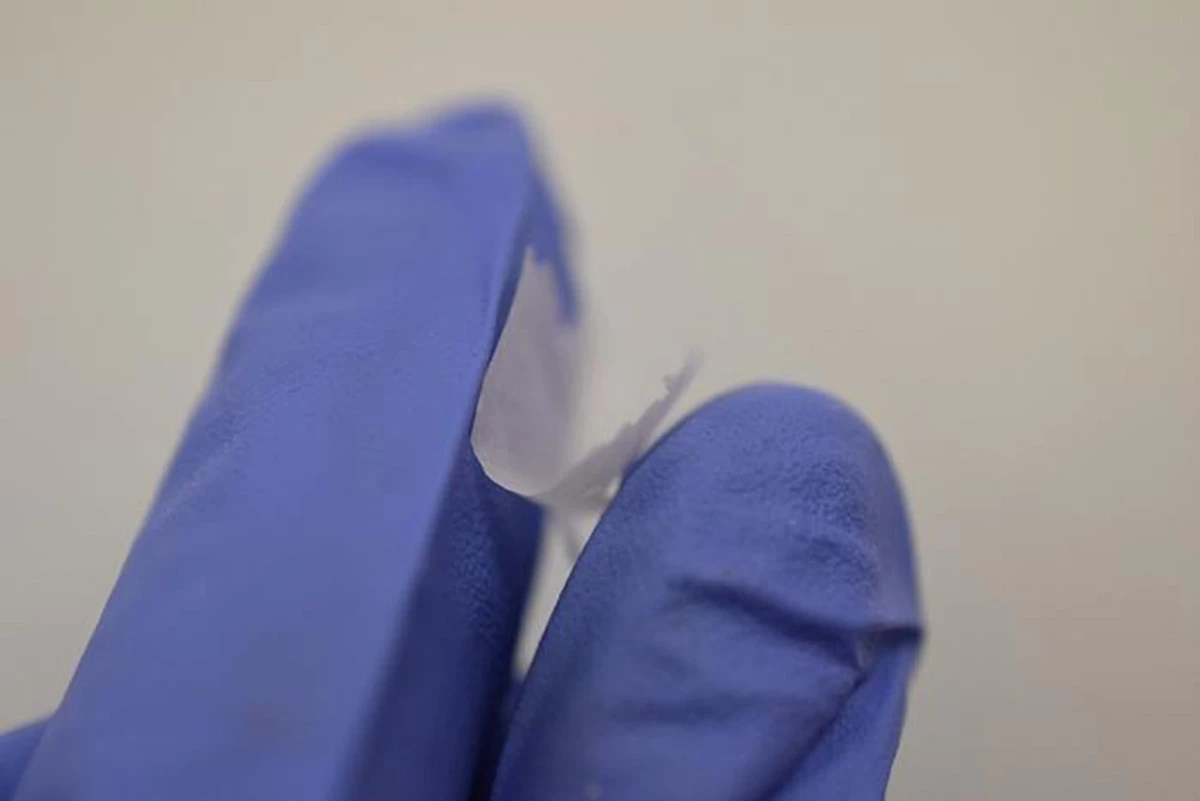No, you can't eat the world's thinnest spaghetti. It's 200 times thinner than a human hair, which means you'd have a hard time spotting it on a plate and an even harder time cooking it.
So why make it? Researchers at University College London (UCL) developed nanoscale threads from a mixture of flour and liquid in an effort to create porous fibers to help heal wounds and regrow tissue. It's an accessible and environmentally friendly approach to developing scaffold material that, given its composition, is technically pasta.
The team used a method called electrospinning, in which synthetic or natural polymers can be used to manufacture fibrous components for medical devices and therapeutic agents for addressing tissue loss.
Electrospinning involves feeding a solution through a needle, and applying an extremely high voltage to said needle. This causes a thin jet of the solution to be ejected out of the needle, and it then deposits on a collector. The jet undergoes stretching and whipping motions while it moves through the air, and so we get solid dried nanofibers deposited on the collector in a mat-like formation.
While edible pasta is made using flour and water, the researchers used flour and formic acid because the latter breaks up the large stacks of spirals that make up starch. Without formic acid, the layers of spirals would be too big to form the building blocks of these nanofibers. The formic acid also evaporates as the jet of fluid flies through the air to the metal collector plate in the electrospinning process.
In their paper, published in Nanoscale Advances, the researchers noted their spaghetti measured just 372 nanometers in diameter. It's actually gone and bumped off the previous thinnest pasta in the world from the leaderboard.

The latter is called su filindeu (“threads of God”), and it is handmade by the women of a single family in the hilly Italian town of Nuoro, Sardinia. They've followed the recipe for more than 300 years, and you can see how it's made in this video from the BBC.
While not exactly crafted by artisans, the UCL nanopasta is about 1,000 times thinner than su filindeu.
At that thickness, each individual strand of nanospaghetti can't be clearly captured by any visible light camera or microscope. So the pictures you see above are actually images based on the pattern of electrons that are deflected or knocked-off, created using a scanning electron microscope.

However, the nanopasta can be seen with the naked eye and easily picked up when it's deposited as a 0.8-inch (2 cm) wide solid mat on the collector, like in this regular photograph below.
A different paper that appeared in Nature this year also described using natural and synthetic polymers in an electrospinning process to create nanofibers for healing wounds and helping regrow tissue.
That's similar to this nanopasta method. However, the UCL researchers are keen on exploring their innovation further because flour is awfully easy to come by, so it should be easy to produce at scale. They'll continue to investigate this ultra-thin spaghetti to see how quickly it disintegrates, how it interacts with cells, and how it could be made in large quantities.

For those looking for a narrower noodle, this won't be their best bet. The paper's co-author, UCL Professor Gareth Williams noted, "I don’t think it’s useful as pasta, sadly, as it would overcook in less than a second, before you could take it out of the pan.”
Source: UCL





